We all started somewhere on our journey to reaching our dream body composition, but I for one look back and wish I had known the basics better. I definitely would have done some things differently. Below is a basic guide on some of the main components to getting the best and quickest results.
It’s a regular occurrence to see gym novices or even people who have been training for a while doing the same exercises over and over with poor form. To make matters worse, the majority of these exercises are isolation exercises. People have the aim of building bigger arms and think the answer to this is doing bicep curl variations by the hundreds! Now there is a place for isolation exercise, but first we need to build some muscle mass to isolate…got me?
A beginners training program should be primarily based on big multi joint compound exercises such as squats, deadlifts, presses, and rows. These are the big boy’s moves that are going to pack on serious strength and muscle when executed with good form. It is important to start with the basics if you are serious about building a great physique and get your form perfect whilst adding strength. Then as you advance you can begin to look at isolation work.
So based on that, a beginner workout could look as follows:
Squat – 3 sets of 8-10 repetitions
Deadlift – 3 sets of 8-10 repetitions
Dumbbell Chest Press – 3 sets of 8-10 repetitions
Bent Over Barbell Row – 3 sets of 8-10 repetitions
Barbell Overhead Press – 3 sets of 8-10 repetitions
Crunches – 3 sets of 15-20 repetitions
Training 3 – 4 times per week is sufficient for a beginner for no more than an hour per session. With each set roughly taking 1 minute or less and a rest period of up to 90 seconds, the workout should be complete in less than an hour. Make sure to do a couple of warm up sets using light weight first on working muscles to increase blood flow and prevent injury.
A routine such as above could be completed 3 or 4 times per week progressively adding weight when the higher rep range is reached.
People start going to the gym and for some reason believe that a miracle is going to happen overnight and they will wake looking like a cover model. Now although it is possible to become a cover model, it’s not going to happen overnight. To grow muscle, a calorie surplus is needed so you need to be eating more than you are burning from exercise and daily activity. A basic way to get an idea of calorific needs is:
(Bodyweight in lbs.) x 10 = Basal Metabolic Rate (BMR)
So, a 200lb man would have a BMR of roughly 2000 calories.
BMR should then be calculated by activity levels from 1.3 (sedentary) – 2.3 (extremely active) = 2600 – 4600 calories per day. This is your maintenance calories.
To add muscle on top of your daily calorie needs, add an extra 100 – 500 calories per day depending on results.
Therefore, a 200lb man who is fairly active and wants to add muscle would look like this:
BMR=2000 x 1.7 (activity level) = 3400. 3400 + 300 (To gain muscle) = 3700 calories per day.
These calories should be made up primarily from whole one ingredient foods. As a guideline aim to consume at least 1 gram of protein per pound of bodyweight, so our 200lb man would have 200 grams protein per day. The remaining calories should be built from a variety of fats and carbohydrates building a healthy balanced diet.
To help, 1 gram protein = 4 calories, 1 gram carbohydrate = 4 calories, 1 gram fat = 9 calories.
Aim to drink at least 2-3 litres of water per day, urine should be clear in colour when optimally hydrated. If its not, drink more water until it is.
healthy diet cannot be replaced by supplements so look to get your diet clean and effective first. Supplement companies are very good at marketing and often make claims that are not true so don’t be drawn in. For beginners, supplements such as whey protein, multivitamins and fish oil are a good place to start and should cover your daily needs.
A last point to cover is motivation and keeping on track. If you are just starting out, chances are you will see some gains quite quickly as your body will not be used to resistance training, therefore will react by getting stronger and growing. However, this is not always the case and persistence will pay off if you train and eat sensibly. A great tip though would be to find a training partner who has the same goals or even someone with some experience so you can learn the ropes, providing they are training right. There are many apps available for download or websites to track progress so have at look into using them as well.
Good luck with your journey.

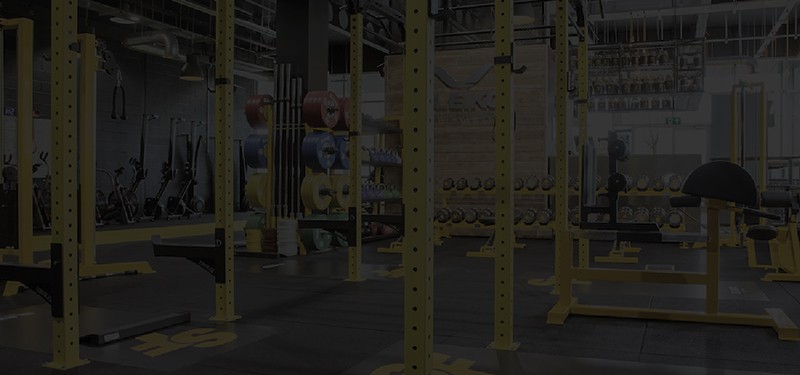
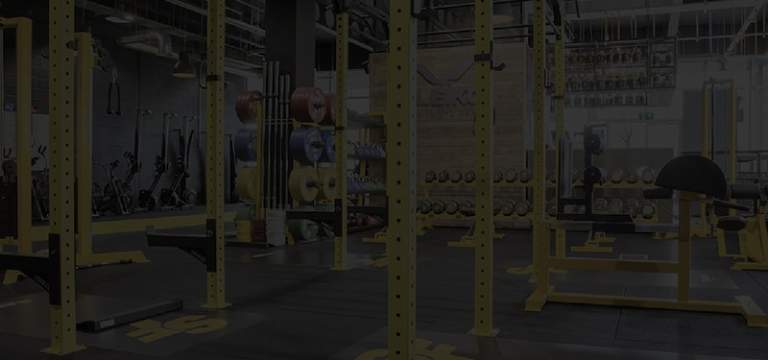
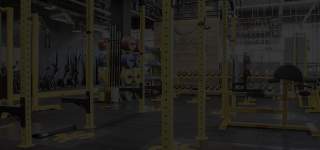


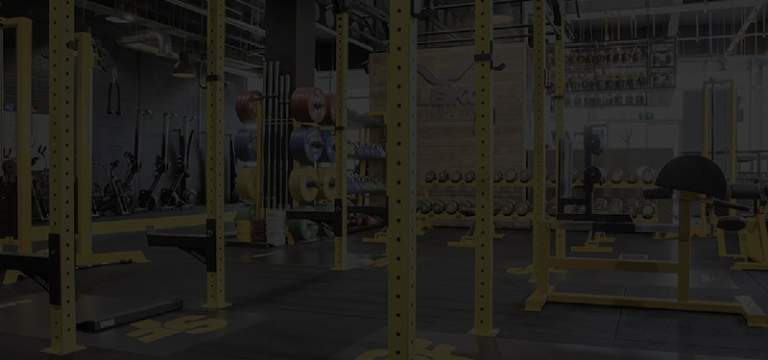
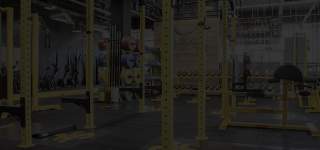


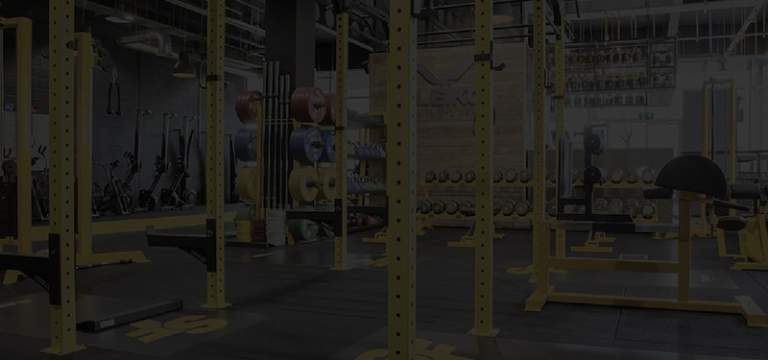
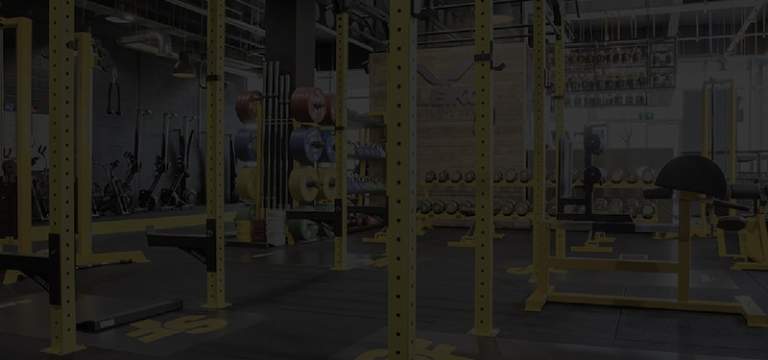
1 Comment
Comments are closed.